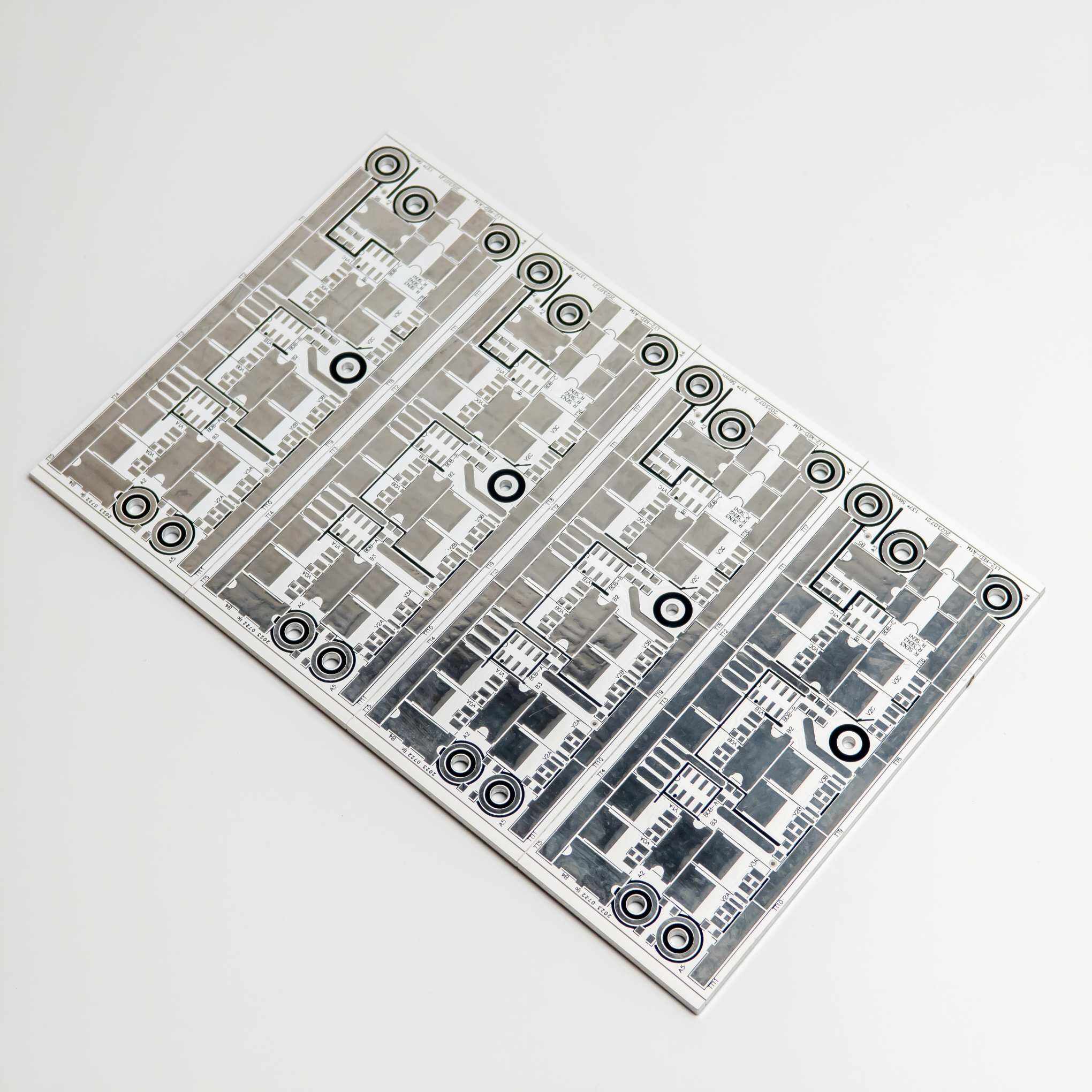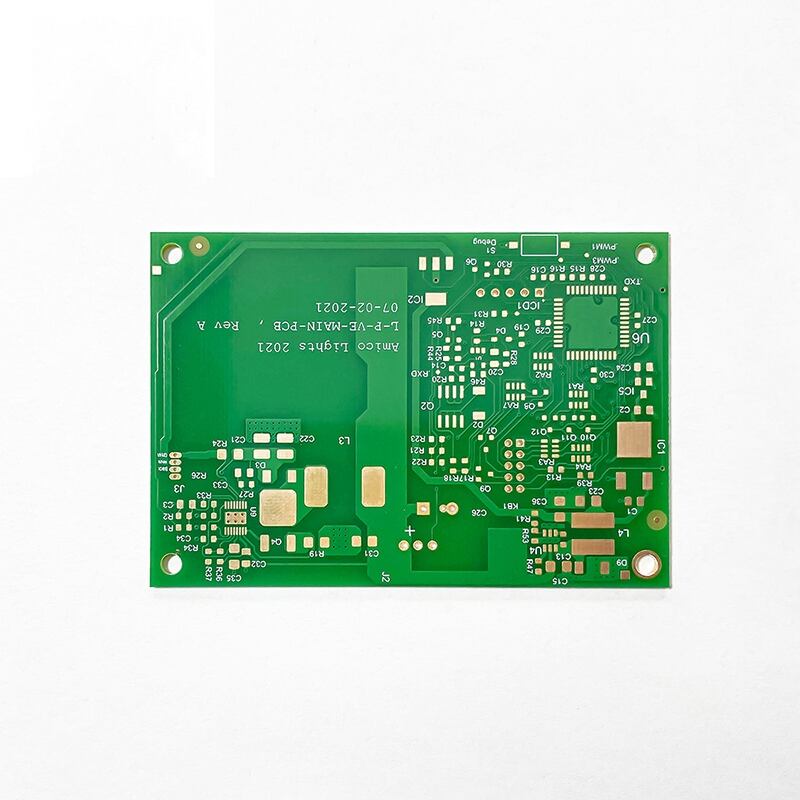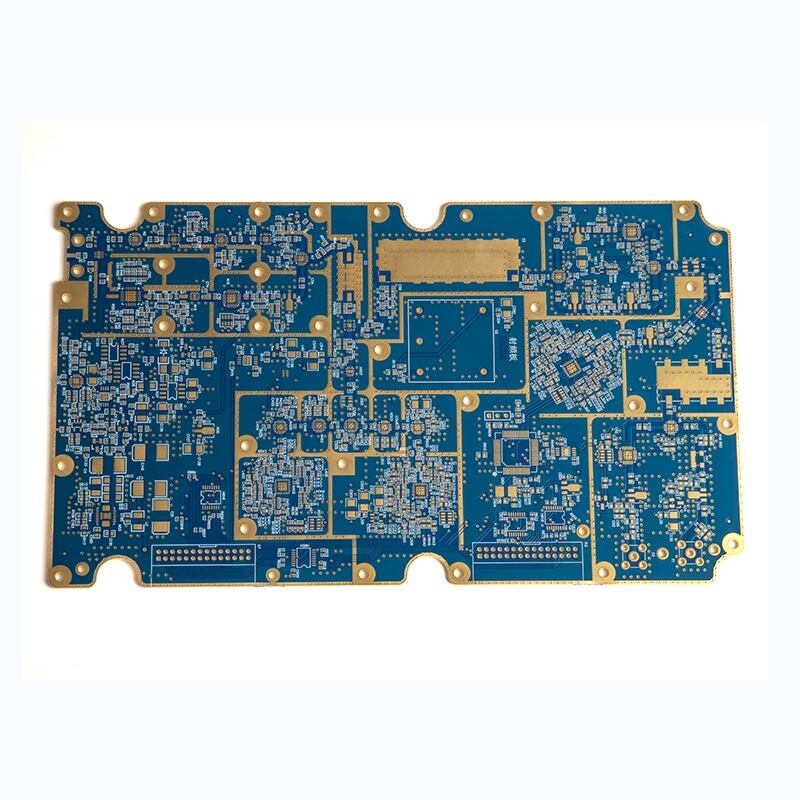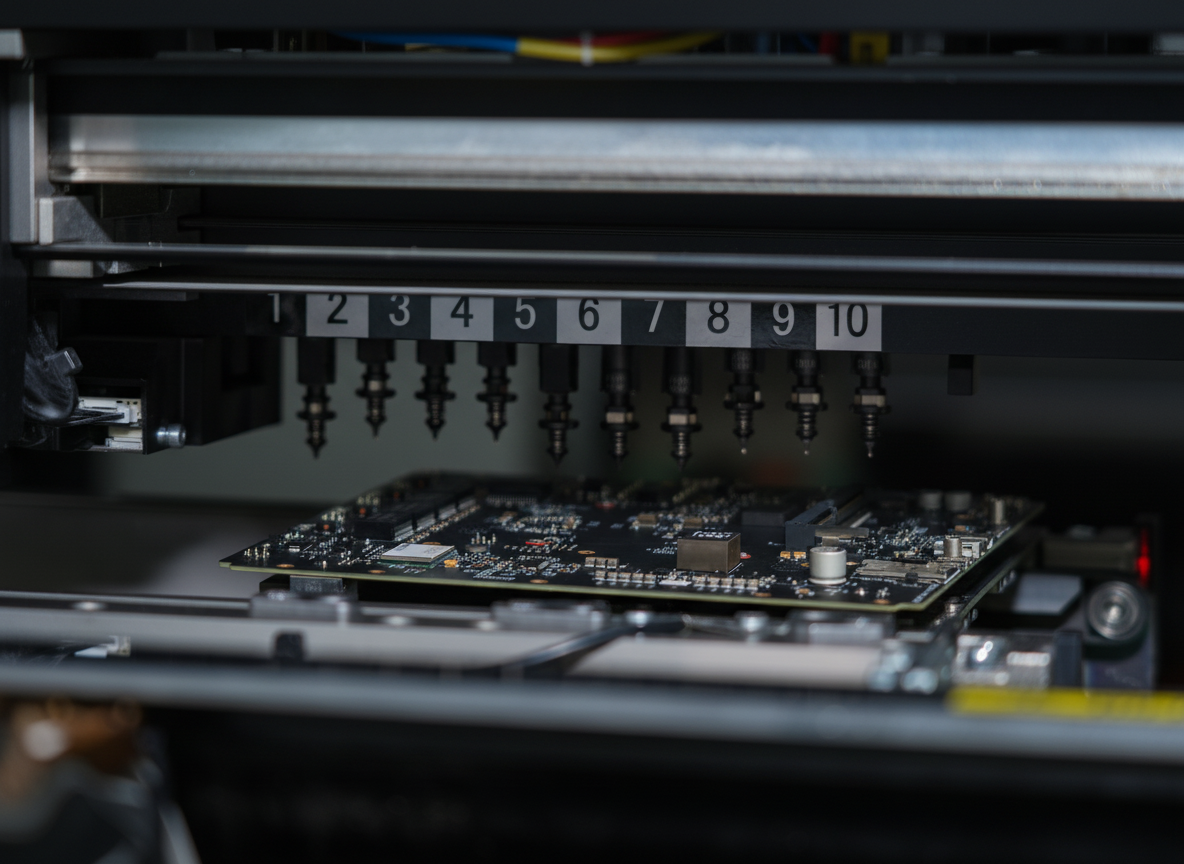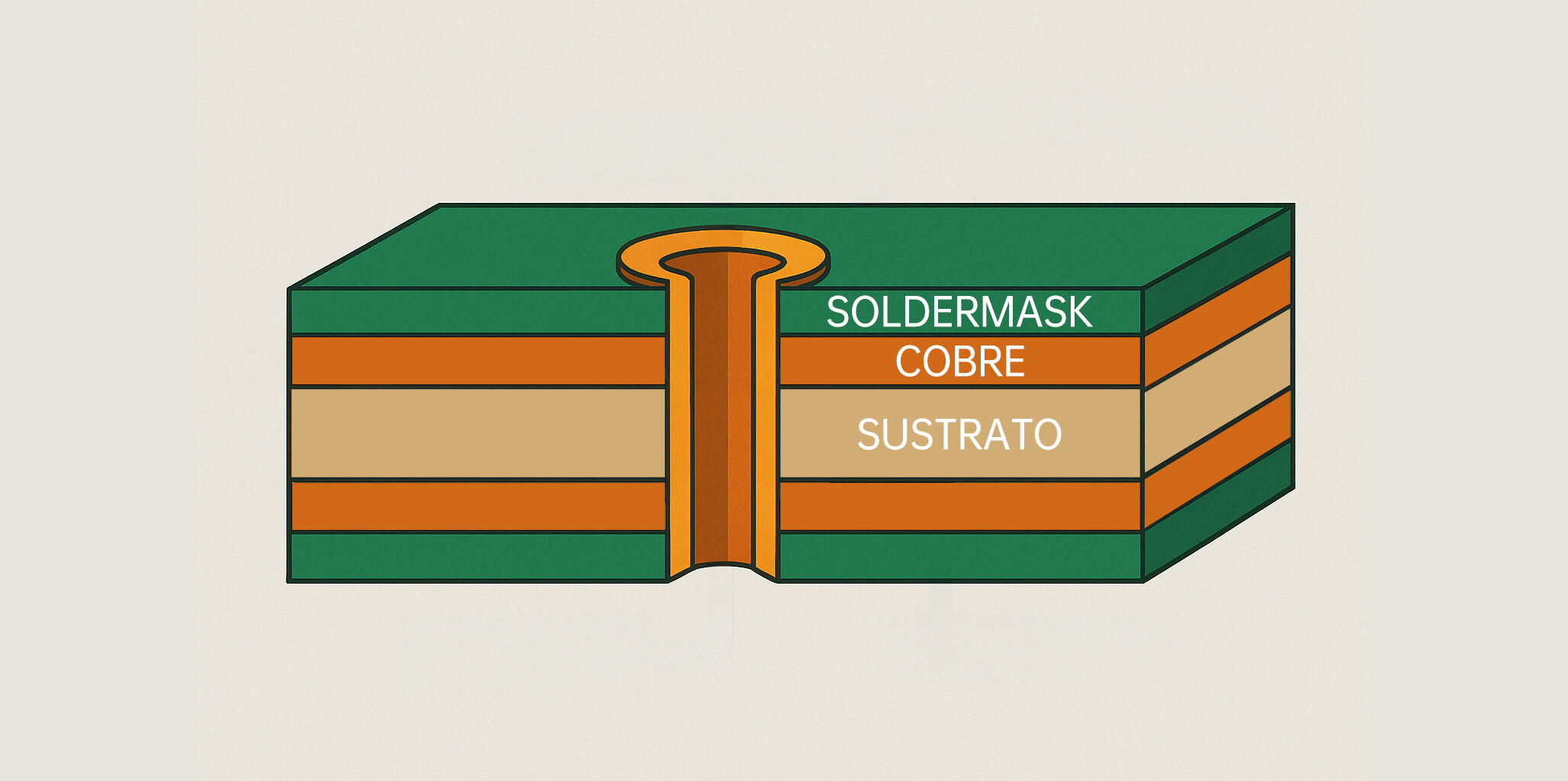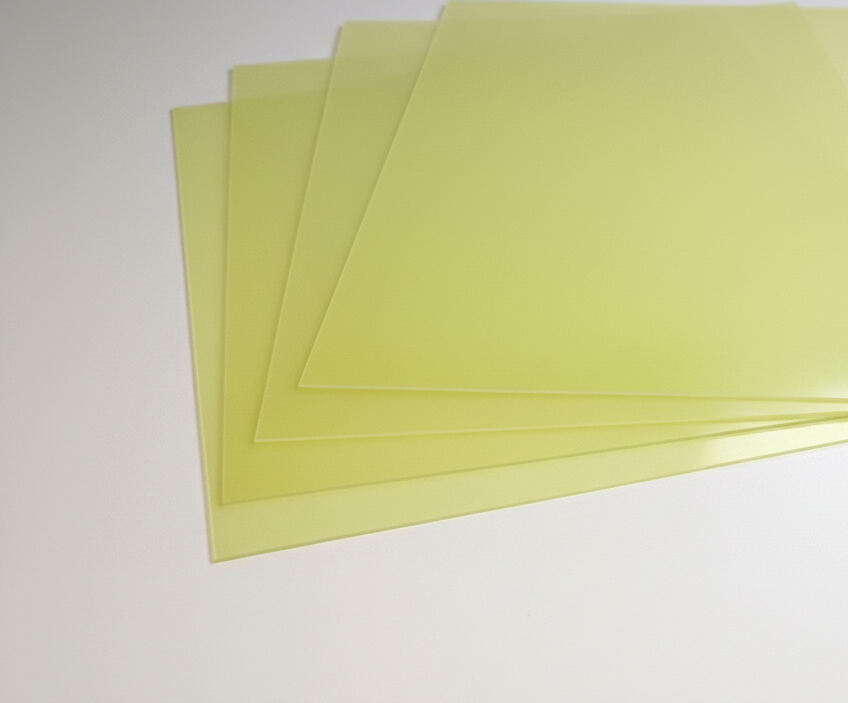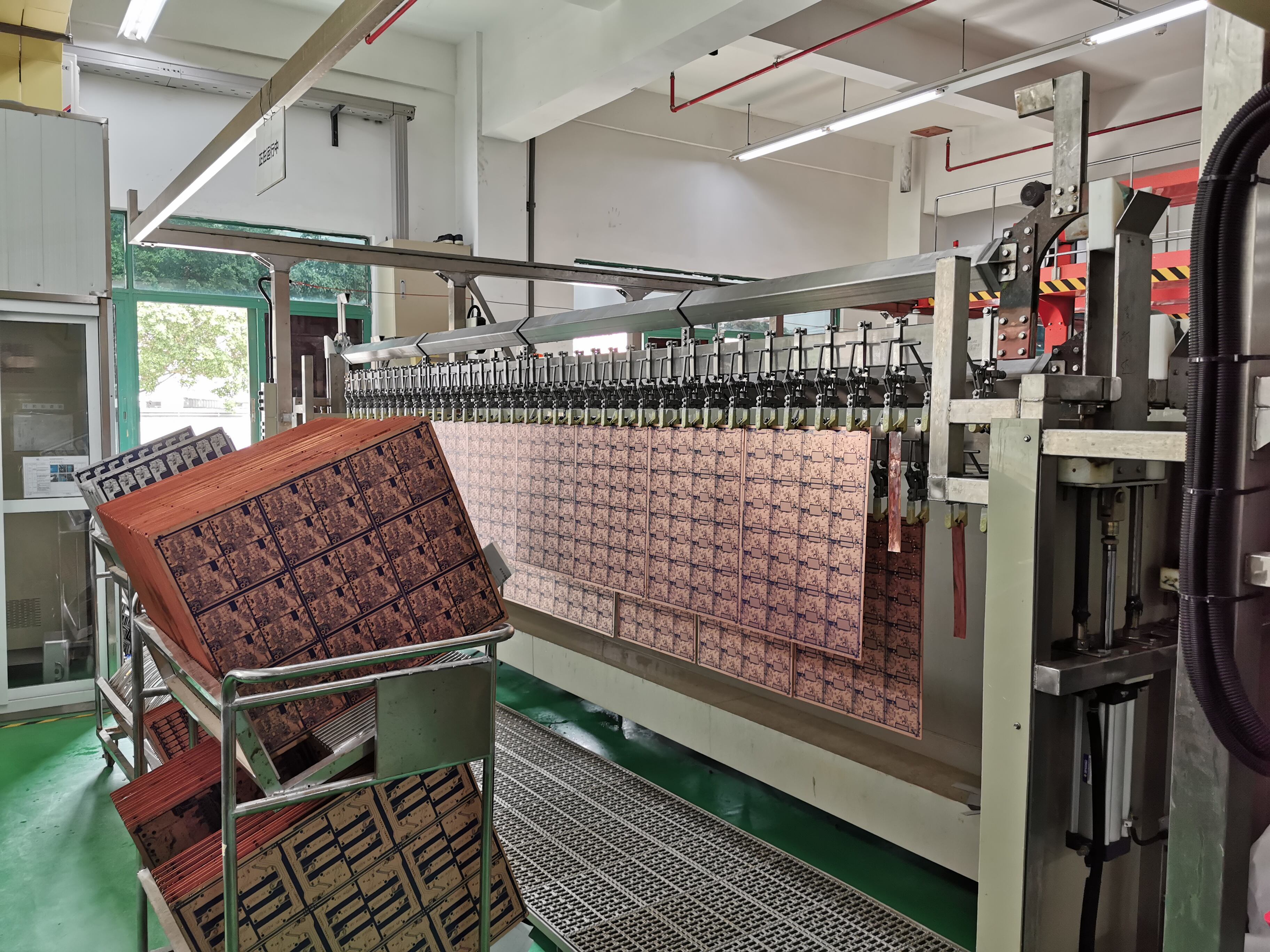what is meaning of pcb
PCB, which stands for Printed Circuit Board, is a fundamental component in modern electronics that serves as the backbone for connecting electronic components. These boards are manufactured from non-conductive materials, typically fiberglass, with copper traces etched onto their surface to create pathways for electrical signals. PCBs are essential in creating organized and efficient electronic circuits by eliminating the need for individual wire connections. They feature multiple layers that can accommodate complex circuit designs, with each layer serving specific functions such as power distribution, signal routing, and ground planes. The manufacturing process involves precise techniques including photolithography, etching, and plating to create reliable and reproducible circuit patterns. PCBs are found in virtually every electronic device, from smartphones and computers to industrial equipment and medical devices. They provide mechanical support for components while ensuring consistent electrical connections, making electronic devices more reliable and manufacturable at scale. Modern PCBs can incorporate advanced features such as impedance control, thermal management systems, and high-speed signal routing capabilities, making them suitable for applications ranging from simple consumer electronics to sophisticated aerospace systems.

